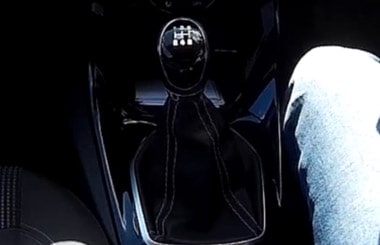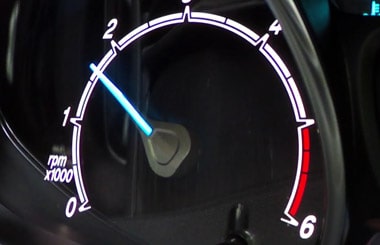 |
Clutch control in traffic on a hill
If you're new to driving a manual car, navigating stop-start traffic on a hill can seem daunting. But don't worry, we've got some helpful tips to make it easier for you!
First things first, you'll need to master hill starts and clutch control. We know it might sound intimidating, but with practice and patience, you'll be a pro in no time.
In our video below, we've provided some step-by-step guidance to help you perfect your technique. We're confident that by following our tips, you'll be able to confidently navigate uphill traffic without stalling or rolling back.
Remember, learning to drive a manual car takes time and practice. Don't be too hard on yourself if it takes a few tries to get the hang of it. Just keep practicing, stay calm and focused, and before you know it, you'll be a master at clutch control in traffic on a hill!
So, take a deep breath and check out our video below
|
|
Video on how to do clutch control in traffic on a hill


|
Let's first have a look at hill starts.
Before driving anywhere busy, especially uphill in traffic, you need to be confident where the biting point is as it's slightly different in every car. Practice somewhere quiet with no one around as it will definitely be less stressful.
The biting point
To find the biting point:
1. Press the clutch down.
2. Select 1st gear.
3. Press the gas (accelerator) slightly. As you'll be moving off uphill, the car will need a bit more power to get it moving than if you was on a flat road. Getting the revs roughly upto about 2 helps the car not stall. It doesn't have to be precise and be careful not to stare at the rev counter or you'll miss what's going on around you. With a bit of practise, you'll get used to the sound of the engine when you set the gas, which is better than looking at the rev counter.
Remember this: Using the gas will not necessarily make you go faster but it will help the car not stall. You'll only move off fast if you release the clutch quickly.
4. Raise the clutch gently until you find the biting point. You know when you've got it as the back of the car will dip down slightly and the engine sound changes.
The car will feel like it wants to move and the only thing holding it back is the parking brake. If you didn't have the biting point and released the parking brake then the car would roll backwards.
Once you feel that you've got the biting point, keep the clutch still, if you raise it much more then the car will either move off quickly or stall.
5. Release the parking brake when it's safe, don't move the clutch until you're driving at a walking pace and then apply a little more gas as you slowly raise the clutch all the way.
Accelerate if it's safe, build up momentum before you change up gear. |
How to do clutch control.
Now you know how to do a hill start, the next skill you'll need in slow moving traffic is clutch control.
I'm going to keep this explanation of clutch control as simple as possible but if you're looking for a more technical explanation then have a look at the video below.
In first gear, the car continues to move at about 5mph (idle speed) without pressing the gas pedal. If you want to drive slower then you could try braking but the car normally judders and eventually stalls.
To prevent it stalling and to drive really slow in traffic, you'll need to press the clutch down, and lightly press the footbrake.
Apply a little gas and raise the clutch to the biting point if you want to creep forward.
To slow down slightly, release the gas pedal and lower the clutch down the thickness of a pound coin. To speed up, a little gas and raise the clutch a little.
Slowly raise the clutch all the way, lighly pressing the gas when you want to drive faster than a walking pace. If you release the clutch too quickly then you can expect to move off at speed or stall.
Bear in mind that holding the biting point too long can wear out the clutch over time.
This is just a rough guide to clutch control. It's not a replacement to good quality driving lessons with a driving instructor. |
What the clutch technically does video
 |
 |
 |
| Finding a good driving school is difficult, find out here why you've just discovered one of the best ones... (click) |
Refresher driving lessons are getting more and more popular, find out more about it here... (click) |
Intensive lessons for people wanting to learn to drive quick. Click here to find out if you're up for it... (click) |
|
|
|

